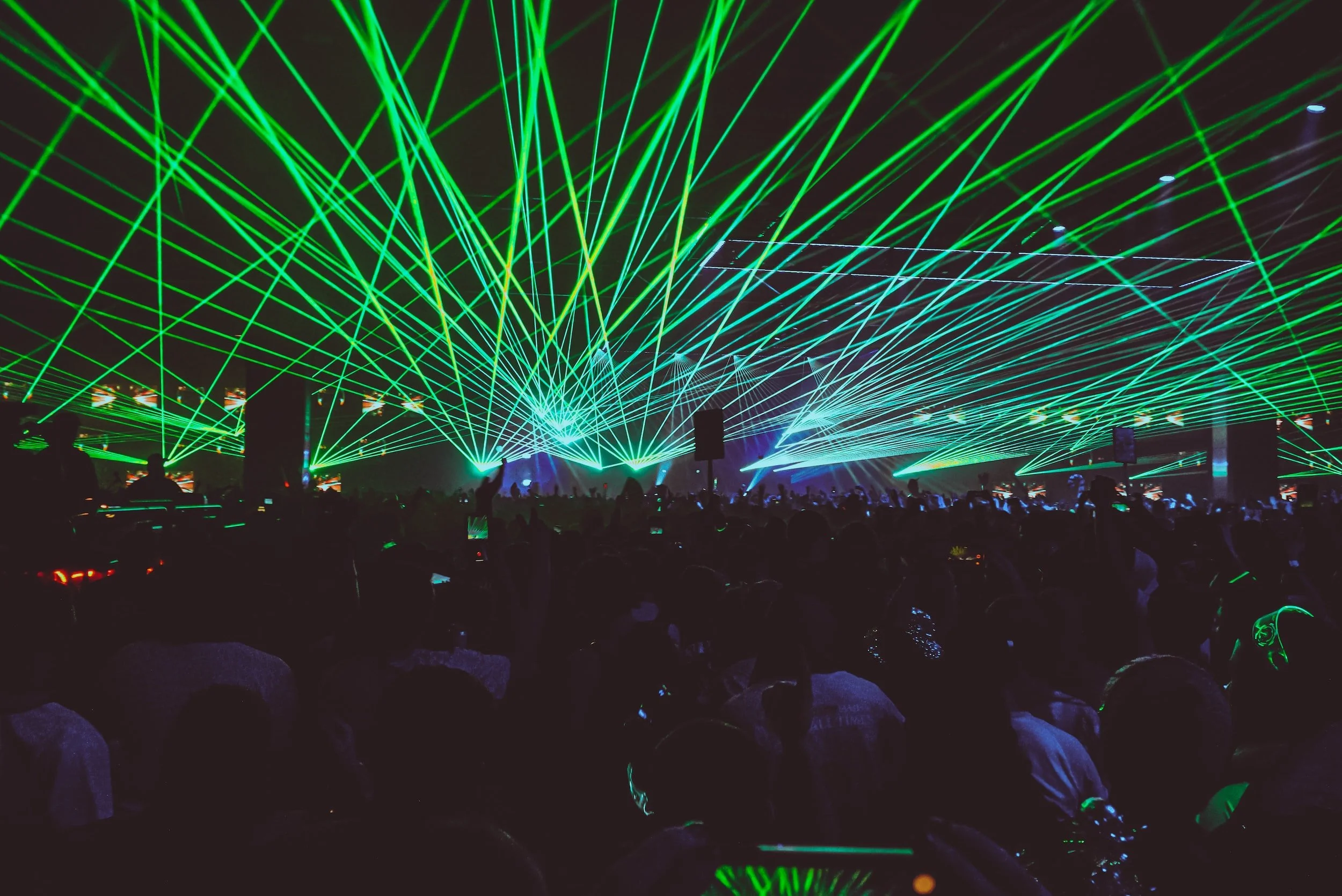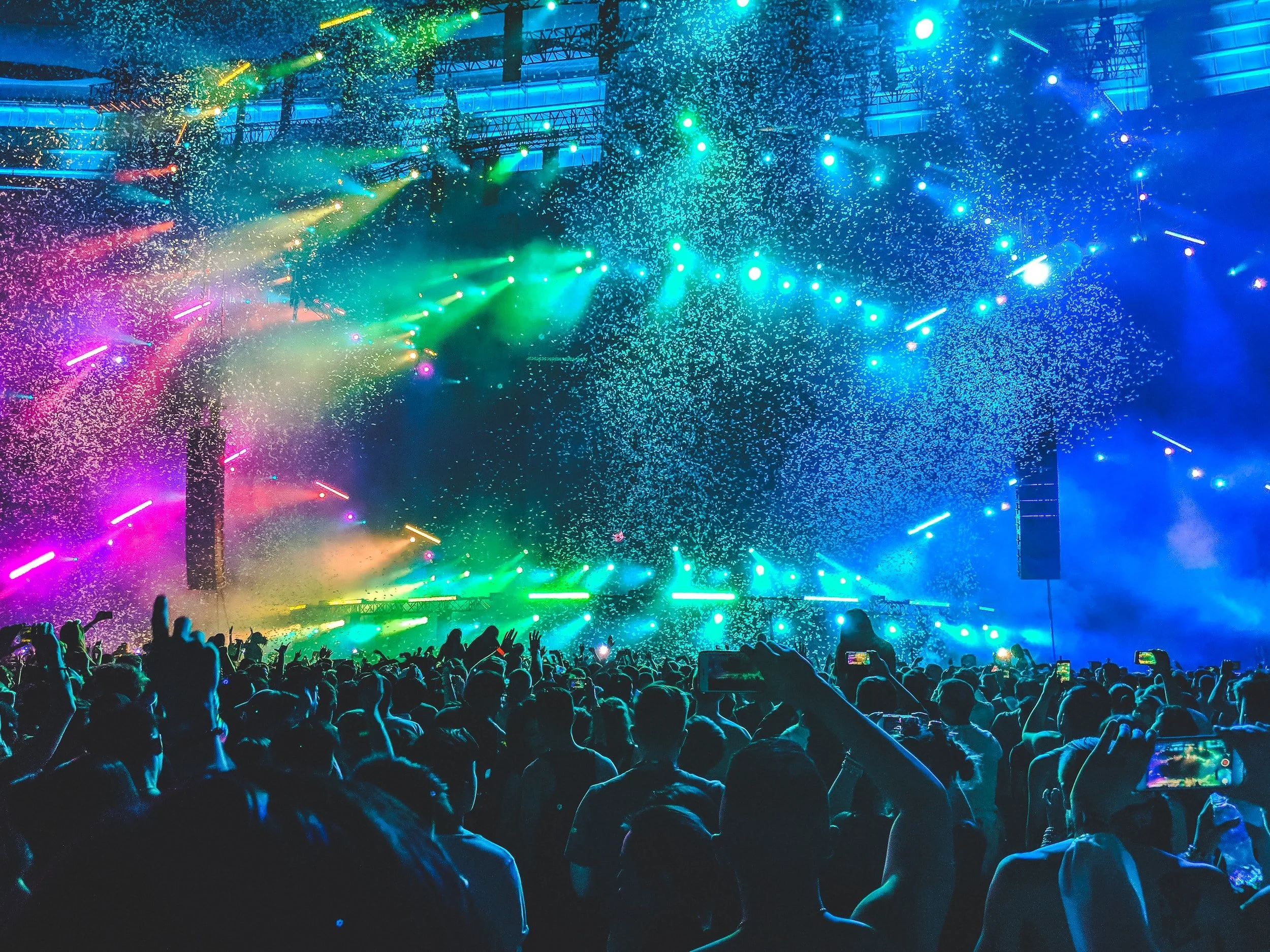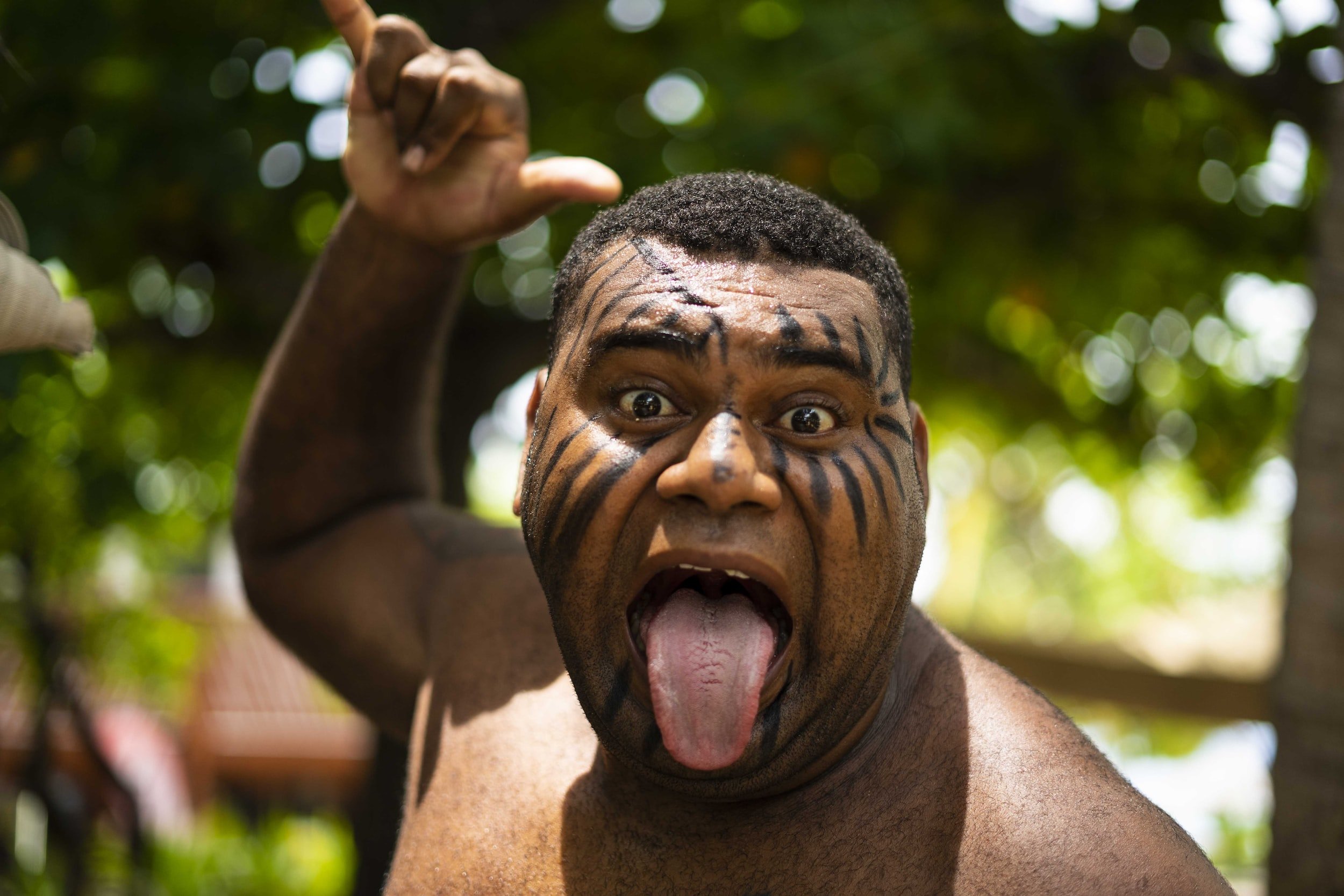Vibrating Bass, Multi-Colored Lasers, and Healing Through Trauma
EDM, What is That?
From the first time I stepped foot through the welcoming entrance, I knew EDM (electronic dance music) festivals were something special. Glitter painted faces with intricate details, carefully crafted costumes unique to each person’s preference, and a sense of freedom wafting in each breeze, music festivals offer an experience that can be hard to describe. From the outside, it seems to be just loud noises and chaos. However, these events offer more than what meets the initial glance. How does healing through trauma fit into all of this you might ask? Let me explain!
Trauma and Its Impacts
Trauma can impact a person in many ways and through research we know that this damage can be stored in the mind and body over decades (Garrido et al.,2015). A person that has experienced trauma may find it difficult to trust others and themselves. They may feel a disconnect between their very own body and this can be a source of tremendous suffering. From muscle tension, headaches, fatigue to avoidant behavior and difficulties with vulnerability, the byproducts of trauma can be just as troublesome as the traumatic event itself. Though we have traditional talk therapy and medications that aid with the processing of traumatic events, we know that it can be a lengthy process and that some people do not respond well to these modalities (Monteiro & Wall, 2011). It is for this reason that it is necessary to explore all the options available for healing and growth. I know what you’re thinking, how in the earth does EDM festivals (or any music festival for that matter) tie into all of this? I got you, in the next section I’ll share with you some research and personal experiences that I hope will make sense of it all or at the very least spark some curiosity.
The Benefits of Music and Dance
The benefits of music cannot be overstated. It has been found that listening and dancing to music, especially with others, can offer the following benefits:
· Facilitate the process of grieving
· Building a sense of community
· Reduction in symptoms of depression and anxiety
· Increased Self-expression
· Relaxation
· Catharsis
· Socialization Skills
· Increase in Adaptive Coping Skills
· And more!
The History of Music and Dance as a Form of Healing
Music has played an instrumental role throughout human history with the first known artifact dating back to our prehistoric ancestors. We have used music as a form of understanding our surroundings and building connections to those in our tribe for thousands of years. When you look across varying cultures, the importance of dance and music can be seen from inviting courage and strength to mourning and grieving. An example of this is the Haka performed in the Māori culture. In tribes around the world, dance has been used to process traumatic events in a somatic, nonverbal manner. According to Hanna (1987), the expression of emotions through dance can be a more effective avenue than verbal language in bringing attention to a person’s needs.
My Experiences Within the EDM Subculture
I have not been to many music festivals outside of the EDM subculture, so I will stick to what I know best! Within the EDM scene, they have a universal creed and that is PLUR. Peace. Love. Unity. And Respect. This subculture provides a safe place to express oneself without fear of judgment or rejection. At these festivals you can feel a sense of togetherness and support from people from all backgrounds while you dance and enjoy rhythmic beats. This is one of the most beautiful aspects of this community, no matter who you are, what you have been through, or where you are from, you can be assured that you are welcomed to be as you are. This is a valuable experience to those who may not have this kind of support or may not feel this acceptance on their own. For those working through trauma, connecting to one’s own emotions can be challenging. However, when you are surrounded by thousands of people that are creating an environment that exudes peace, love, unity and respect, the process of introspection, reflection, and self-acceptance can become a bit easier and less intimidating.
Final Thoughts
Trauma can be tough to work through and traditional western approaches may not work for everyone. It is valuable to have options and autonomy in the way that you decide to heal. If you are considering exploring the music festival subculture, it would be best to do some research. Here is a great page that provides information on things to know prior to your first festival. Not sure which festivals would be right for you? No worries, Electronic Forest is one that always caught my eye. If you are in Texas, you might want to check out Freaky Deaky in Houston or Lights All Night in Dallas. Still not sure if this is something that might be right for you? Not a problem, I suggest you do a bit of researching to see if one of these festivals could be a healing experience for you!
-Hassan
Are you or someone you know going through the aftermath of trauma?
Reach out now to schedule a therapy session.
Sources
Garrido, S., Baker, F. A., Davidson, J. W., Moore, G., & Wasserman, S. (2015). Music and trauma: the relationship between music, personality, and coping style. Frontiers in psychology, 6, 977. https://doi.org/10.3389/fpsyg.2015.00977
Hanna, J. (1987), To Dance is Human: A Theory of Nonverbal Communication. Chicago: The University of Chicago Press.
Monteiro, N. M., & Wall, D. J. (2011). African dance as healing modality throughout the diaspora: The use of ritual and movement to work through trauma. The Journal of Pan African Studies, 4(6), 234-252.


